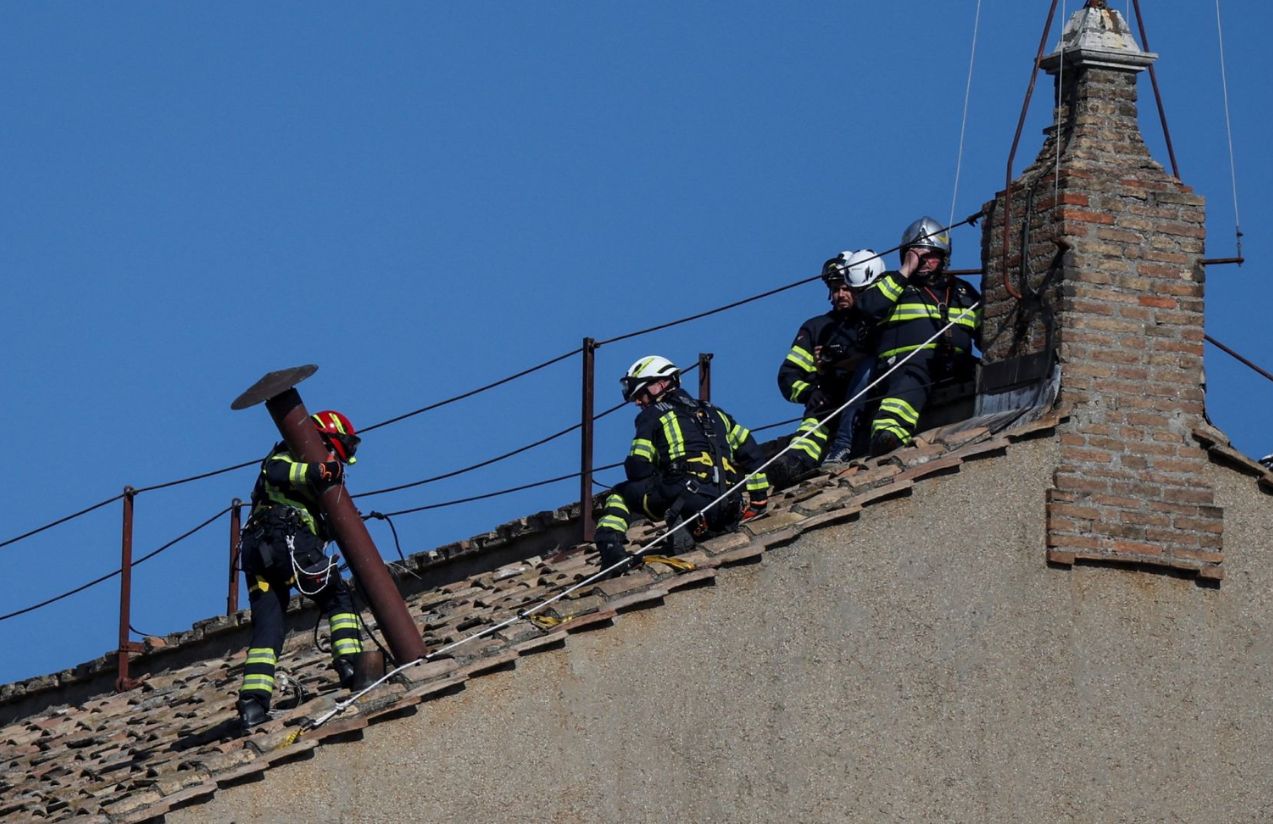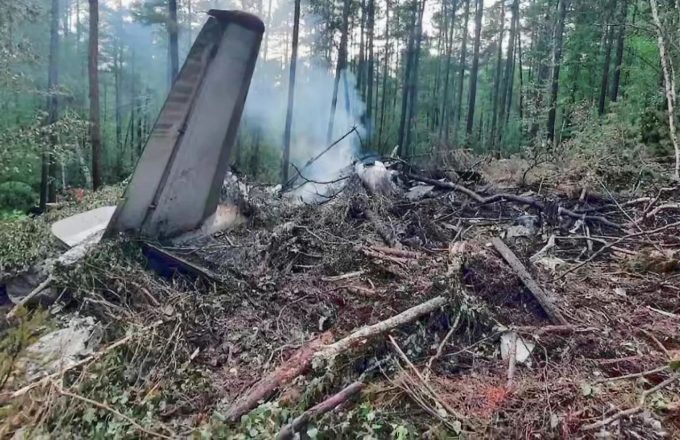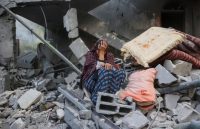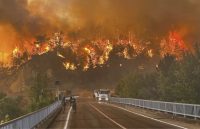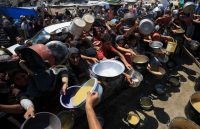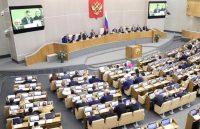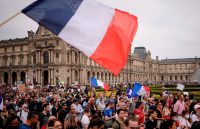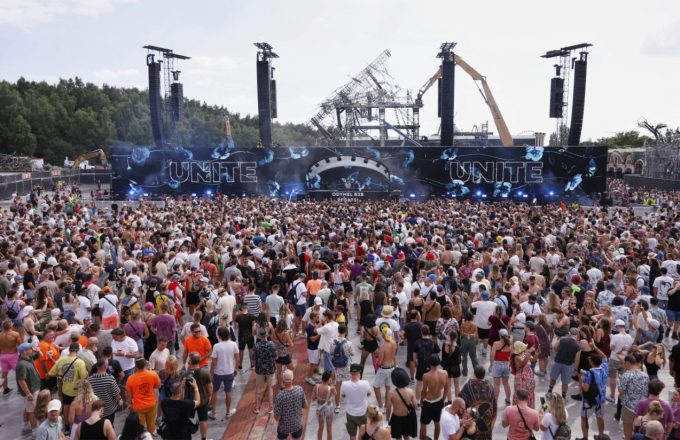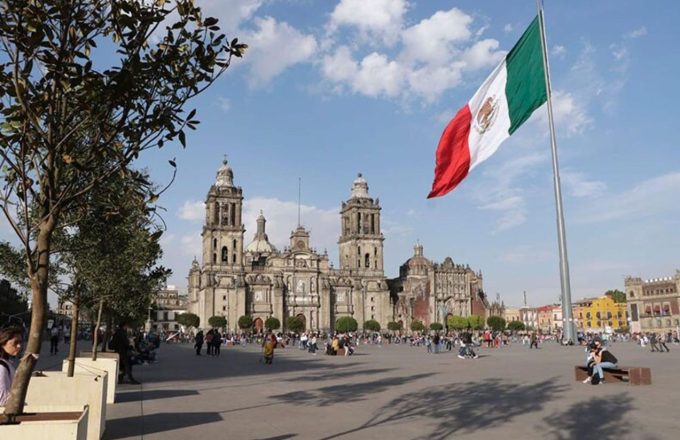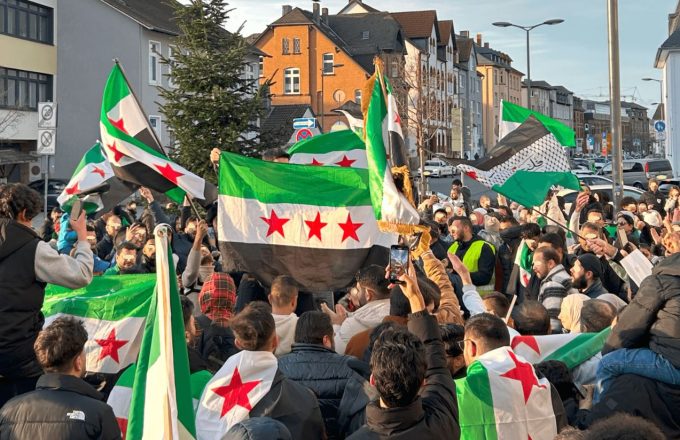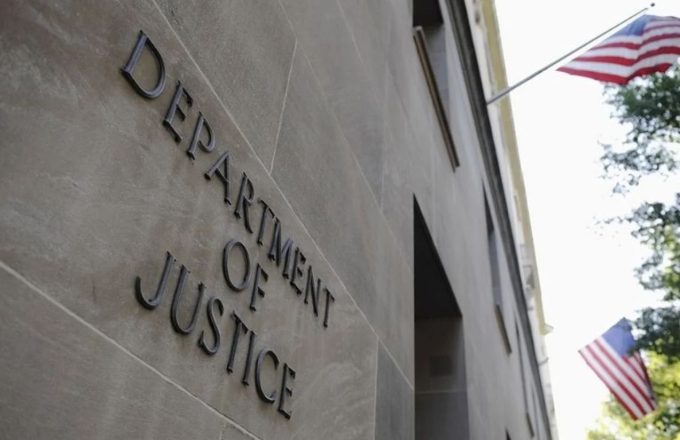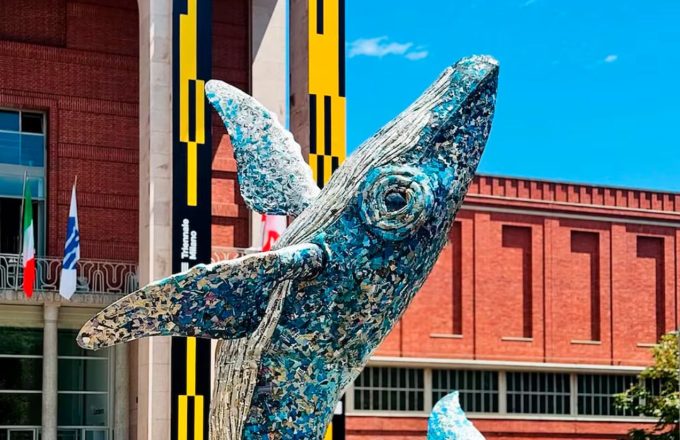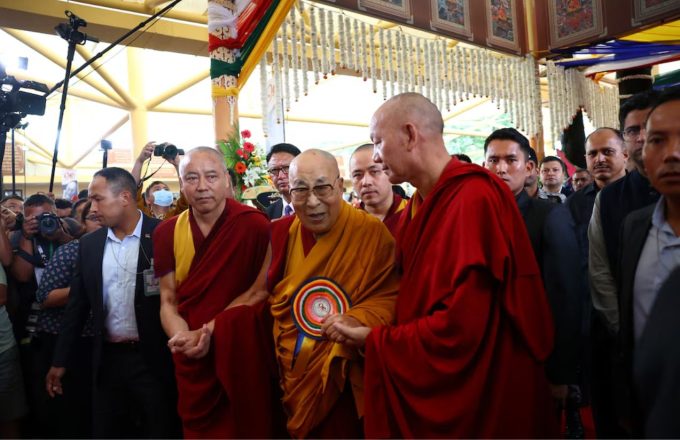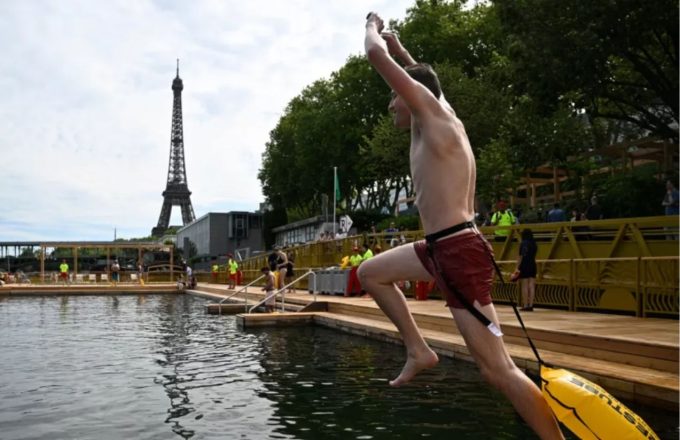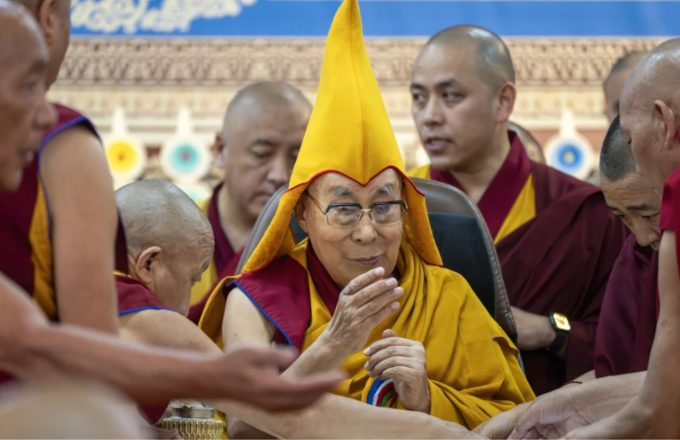Preparations for the conclave that will elect the successor to Pope Francis accelerated on Friday with the installation of the iconic chimney atop the Sistine Chapel — the signal to the world that a new pope has been chosen.
Vatican firefighters were seen on the chapel roof installing the chimney, a key step in the traditional ritual. The conclave is set to begin on May 7.
During the election process, ballots from each voting round are burned in a special stove. If no consensus is reached, a chemical mixture — including potassium perchlorate, anthracene, and sulfur — produces black smoke. If a pope is elected, a different combination of substances is used to create the much-anticipated white smoke.
That was the case on March 13, 2013, when white smoke announced the election of Argentine cardinal Jorge Mario Bergoglio as Pope Francis. He was introduced to the world shortly after from the central balcony of St. Peter’s Basilica. Francis, the first Latin American pontiff in history, died on April 21 at the age of 88.
Meanwhile, cardinals continued to arrive in Vatican City for preparatory meetings ahead of the conclave, where they are discussing the challenges facing the Church and the qualities needed in its next leader. These sessions also include cardinals over the age of 80, though they are not eligible to vote.
In recent days, discussions have included reports on the Vatican’s delicate financial situation and individual reflections on future priorities and the tensions that marked Francis’ papacy. Though admired by many for his outreach to the marginalized, he was also criticized by conservative factions for allegedly causing confusion on matters of doctrine and ecclesiastical law.
While not believed to be a majority among the 135 voting cardinals, conservative and traditionalist groups are hoping for a new pontiff who will reaffirm the Church’s core teachings and bring stability to the Vatican’s administration.
One of the more critical voices has been Cardinal Beniamino Stella, who led the Dicastery for the Clergy until his retirement in 2021. According to America, the U.S. Jesuit magazine, Stella strongly questioned one of Francis’ landmark reforms: the decision to allow laypeople and women to head Vatican departments traditionally led by clergy.
That reform, enshrined in a 2022 apostolic constitution, aimed to make the Roman Curia more efficient and service-oriented. Under this policy, Francis appointed laypeople to lead the Vatican’s communications and economic offices and named two nuns to prominent leadership roles: Sister Simona Brambilla, head of the department overseeing Catholic religious orders worldwide, and Sister Raffaella Petrini, who runs the administration of Vatican City State. In this role, Petrini oversees all aspects of the city-state, from the revenue-generating Vatican Museums to the firefighters who installed the chimney on Friday.
These appointments were a tangible expression of Francis’ conviction that women should have a greater role in decision-making within the Church. However, according to unnamed cardinals cited by America, Stella voiced his objections to the late pope’s move to separate governance in the Church from the ordained priesthood.
It remains unclear how much influence emeritus cardinals like Stella — who, at 83, cannot vote — will have over younger voting members. Generally, the older and more conservative members of the College of Cardinals have emphasized unity over extending Francis’ more progressive legacy.
“The pope must ensure the unity of the entire Church,” said Cardinal Fernando Filoni, the former head of the Vatican’s evangelization office. “That is the first and most important thing. Everything else comes after,” the 79-year-old cardinal stated as he arrived for the day’s meetings.
Meanwhile, Archbishop Fernando Chomali of Santiago, 68, underscored the value of diverse perspectives in the pre-conclave discussions. Francis made Chomali a cardinal in December, appointing him to lead the Chilean Church in the wake of the clergy sexual abuse scandal.
“For me, coming from Chile, a distant country, hearing such different experiences is enriching — not just for me, but for the whole Church,” he said as he entered the meeting.


